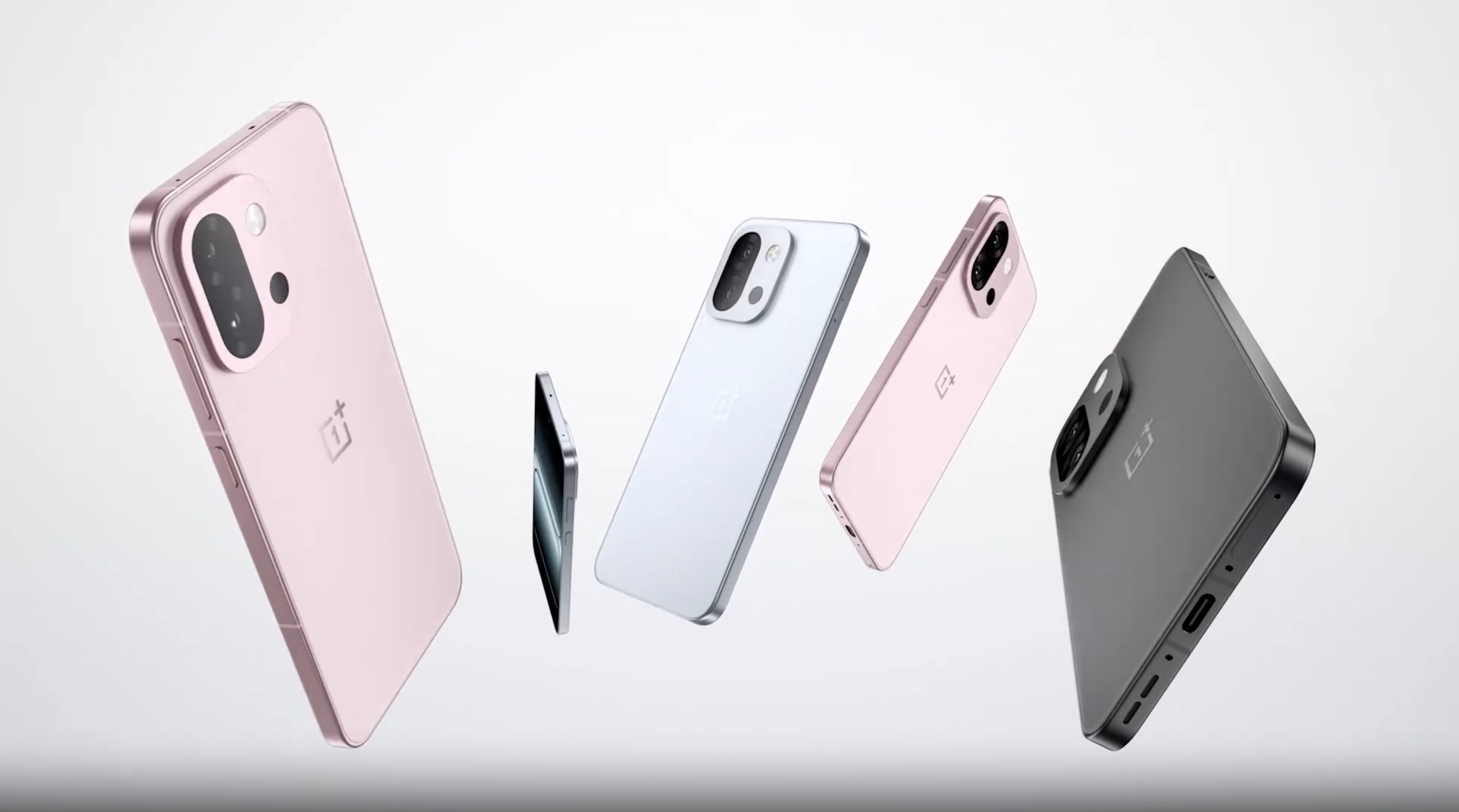Moto E6 Hands-On: This Could Be the Best $150 Phone
Also, a new E6 Plus is coming for select markets
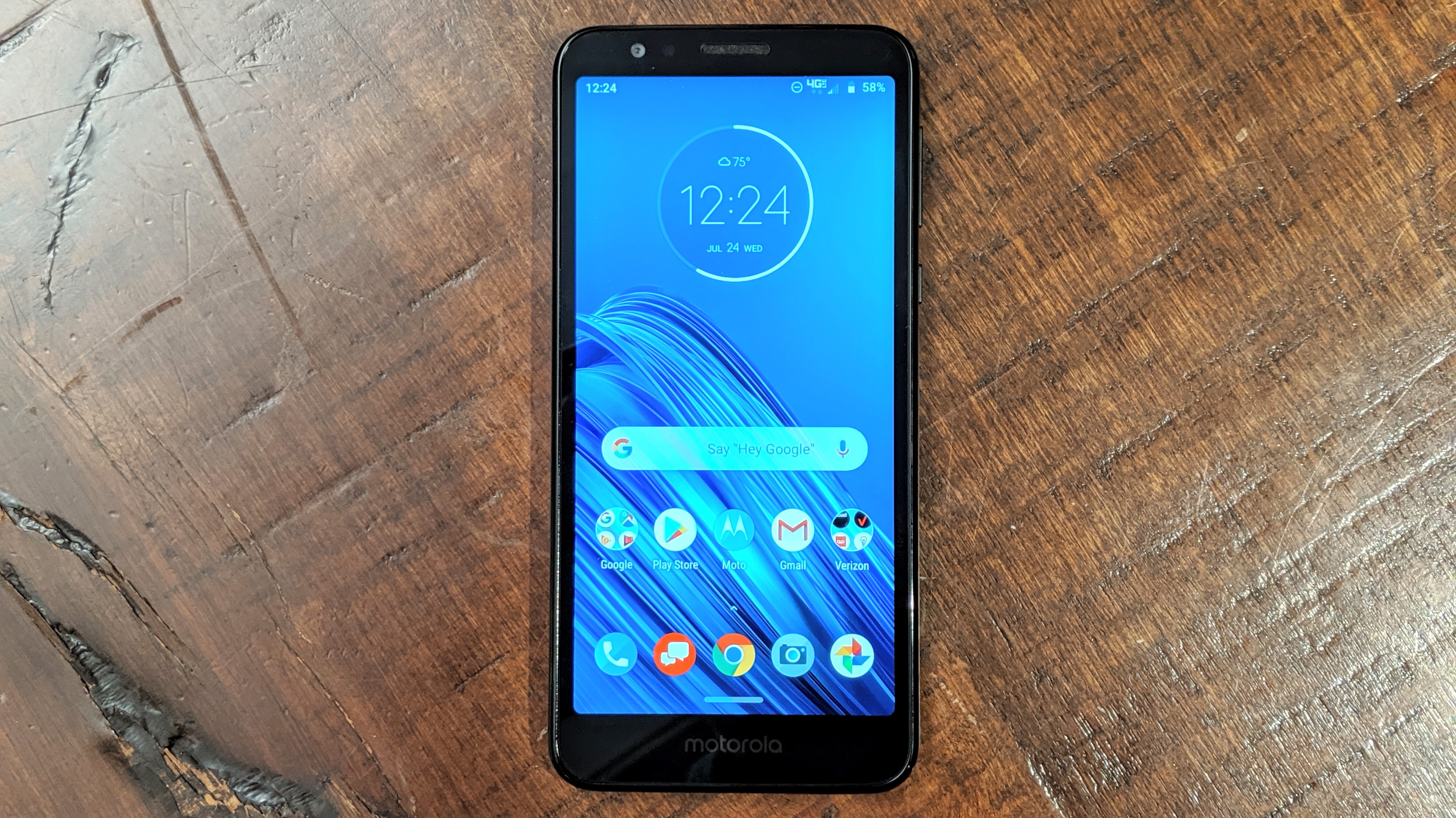
Updated Sept. 5, 2019: Motorola has announced a larger, slightly higher-spec version of the Moto E6, called the Moto E6 Plus, that will only be offered in Europe and South America. This hands-on of the standard Moto E6 has been updated to include new details on that phone.
Smartphones may be getting cheaper, but respectable handsets that cost less than $200 are still hard to find. Thank goodness, then, that thrifty phone shoppers have the upcoming Moto E6 to look forward to.
Announced in July and in stores now, the Moto E6 isn’t a revolution for Motorola’s lowest-priced offering. Rather, think of the E6 as picking up where last year’s Moto E5 left off, with a swath of improvements across the board.
The processor has been bumped from a Snapdragon 425 system-on-chip, to the newer, more powerful 435 silicon. There’s an all-new camera, now backed by a 13-megapixel sensor, that incorporates phase-detection autofocus for faster, more accurate shooting, as well as fun modes such as Cinemagraph and Spot Color that were previously only possible on the company’s pricier products. And the E6’s display has grown to 5.5 inches, up from 5.3 inches on last year’s device.
Still, the Moto E6 slides in only at $149 on Verizon, though eventually it'll be available fully unlocked for both GSM and CDMA carriers. The dual-band compatibility is rare at this super-low price point, which will certainly help owners looking to bring their own device to the wireless network of their choosing.
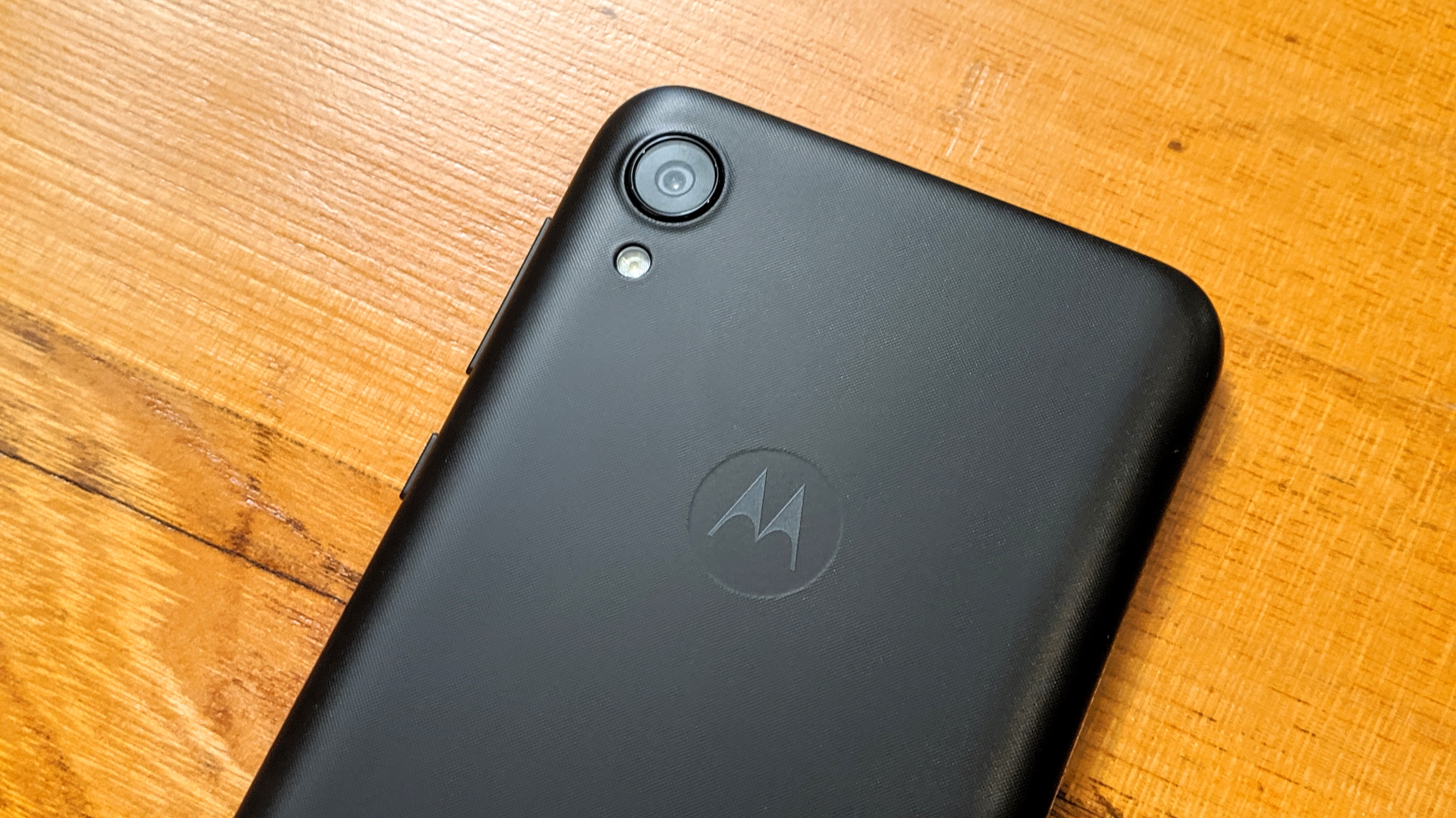
In other respects, the E6 bears similarities to the E5. The new model still rocks 2GB of RAM with a paltry 16GB of storage onboard. (You can still augment that with a microSD card.) We would’ve liked to see Motorola step these numbers up to 3GB and 32GB respectively — 16GB capacity in particular is extremely scant in this day and age. At least the E6 can accommodate up to an additional 256GB if you spring for external memory.
| Moto E6 Specs | Header Cell - Column 1 |
|---|---|
| Price | $149 |
| Software | Android 9 Pie |
| CPU | Qualcomm Snapdragon 435 |
| RAM | 2GB |
| Storage | 16GB; expandable by up to 256GB with microSD card |
| Display | 5.5-inch LCD (1440x720) |
| Rear Camera | 13 MP (f/2.0) |
| Front Camera | 5 MP (f/2.0) |
| Battery | 3,000mAh with 5W charging |
Additionally, the Moto E6’s 18:9 LCD display, while now larger, still features a 1440x720 resolution. Given the 5.5-inch size, that translates to a ratio of 296 pixels per inch. That’s pretty low, but then, of course, the Moto E6 is pretty cheap. NFC for tap-and-pay transactions is not built in and charging is done through a micro USB port, though at least the E6’s 3,000-mAh battery is removable, and you still get a headphone jack for your troubles.
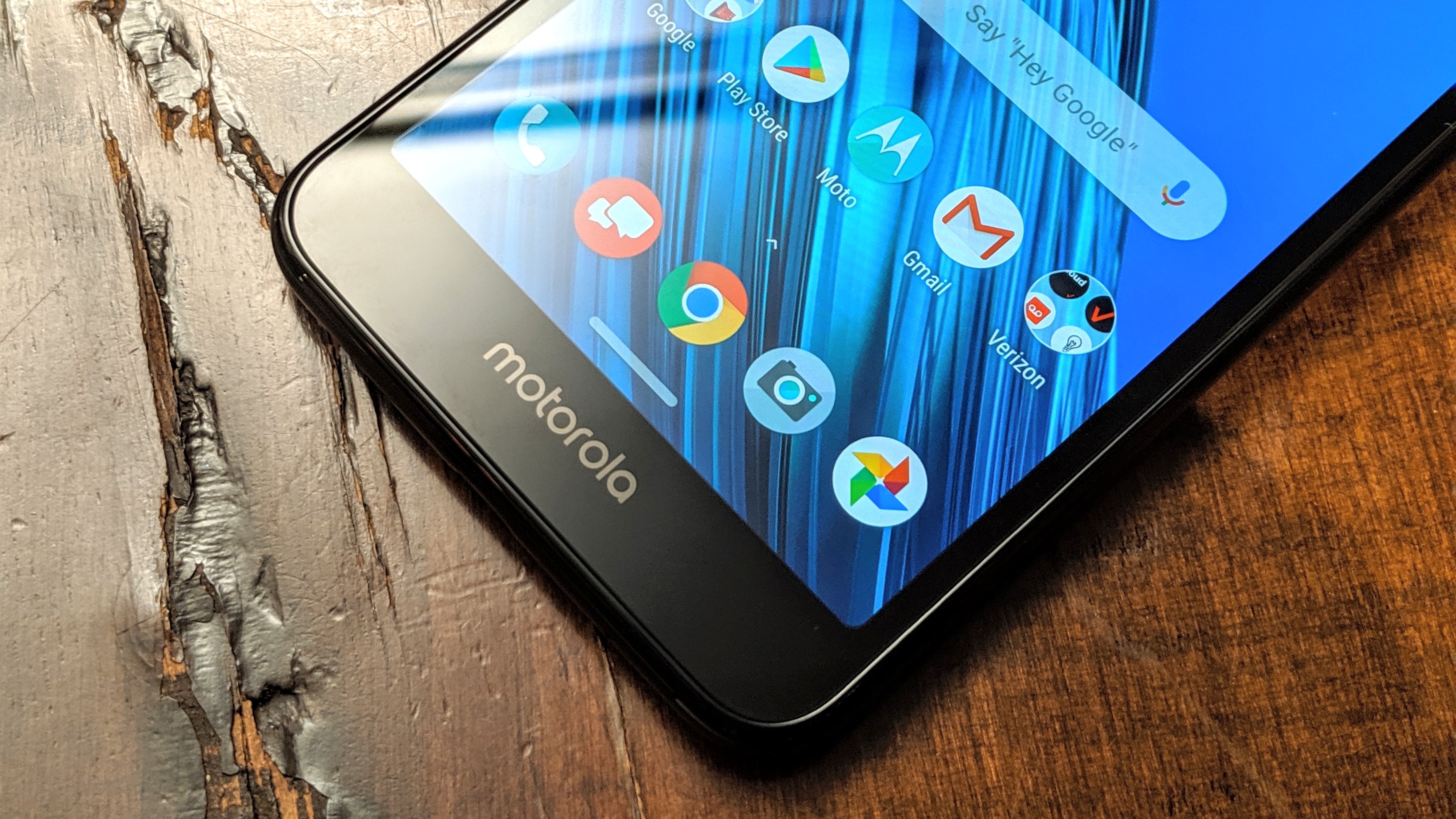
It's worth pointing out that there was no fingerprint sensor on the Verizon-branded E6 that Motorola showed us. However, in the past Motorola has built customized versions of its lower-cost handsets for certain carriers, so it's possible some versions of the phone will incorporate biometric authentication.
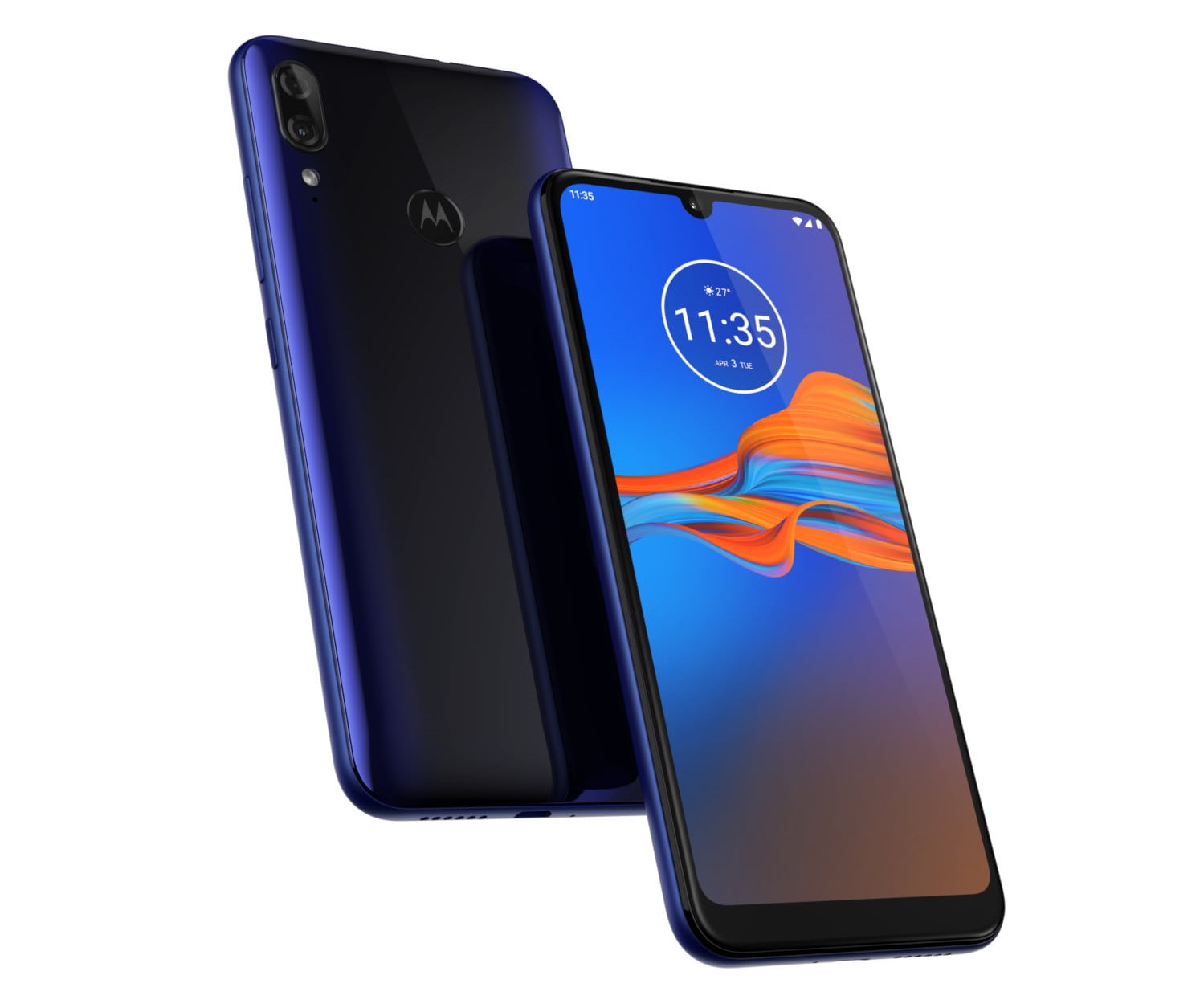
As a matter of fact, there's one version of the Moto E6 that is only being released in South America and Europe, for now. Called the E6 Plus, this model packs a 6.1-inch display with a similar resolution and a U-shaped notch at the top. Interestingly, the Plus does have a fingerprint sensor on the back, as well as dual-lens 13-MP and 2-MP shooters. The battery, however, is the same removable 3,000-mAh unit as in the standard E6. This slightly bigger, more powerful version of the E6 is releasing now in select markets for the equivalent of $155 — but don't look for it in the States yet.
Overall, the Moto E6 is looking like yet another respectable cheap phone from Motorola, though we’ll want to get our hands on that upgraded camera to determine just how much the company has improved the photography experience on its most cost-friendly handset.
Sign up to get the BEST of Tom's Guide direct to your inbox.
Get instant access to breaking news, the hottest reviews, great deals and helpful tips.
Adam Ismail is a staff writer at Jalopnik and previously worked on Tom's Guide covering smartphones, car tech and gaming. His love for all things mobile began with the original Motorola Droid; since then he’s owned a variety of Android and iOS-powered handsets, refusing to stay loyal to one platform. His work has also appeared on Digital Trends and GTPlanet. When he’s not fiddling with the latest devices, he’s at an indie pop show, recording a podcast or playing Sega Dreamcast.
